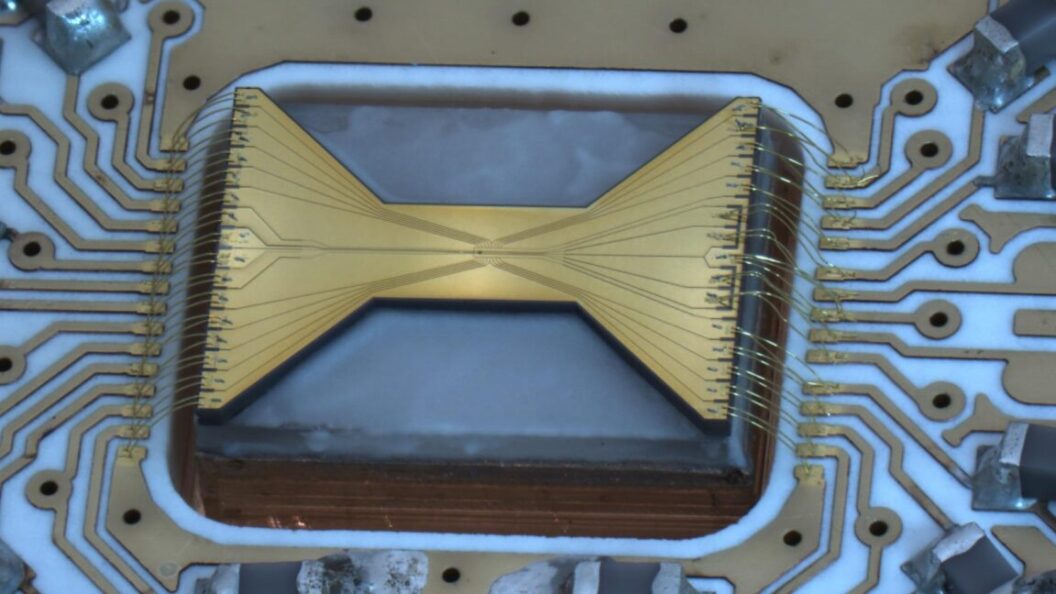Quantum Teleportation Achieves Milestone with New Gate Operations
In a groundbreaking study published in Nature, researchers have demonstrated a new method of quantum teleportation that employs controlled-Z (CZ) gate operations, marking significant progress in quantum computing technology. The ability to teleport qubit states with high fidelity paves the way for enhanced quantum communication and computation, offering a glimpse into the potential future of quantum networks.
Key Findings and Methodology
The research team successfully utilized CZ gates, which serve as a foundational element for any two-qubit gate operation. This means that most operations in quantum computing can be executed using combinations of these gates. Throughout their experiments, they reported a typical fidelity of 70 percent, although the researchers noted that errors encountered were primarily attributed to local operations instead of the teleportation process itself. This observation suggests that utilizing commercial quantum hardware, known for its lower error rates, could substantially enhance performance.
In their experiments, the researchers also executed a version of Grover’s algorithm, which can identify a specific item from an unordered list using fewer queries than classical methods. With only two qubits in the current study, the algorithm’s capability was limited to identifying an item from a maximum of four. Despite this limitation, the algorithm displayed similar fidelity at around 70 percent, demonstrating the practical application of their teleportation method.
Hardware-Agnostic Approach
Interestingly, the research was conducted using trapped ions, but the techniques described are applicable across various qubit types being developed. This flexibility ensures that the approach could potentially utilize photons for control, allowing for the interconnection of multiple quantum chips over various distances. The researchers pointed out that existing optical hardware sophistication could facilitate these connections without demanding extreme vacuum conditions or low temperatures typically associated with quantum systems.
Challenges and Future Directions
Despite the promising results, the researchers acknowledged that error rates during the teleportation process remain an issue. Although the fidelity of the teleportation steps measured at 97 percent is lower than the hardware error rates of most qubits, it is still sufficient to pose challenges. The team emphasized that while their current hardware error rates have significantly improved over time, the fidelity in this early-stage teleportation might need additionally focused enhancements before becoming widely reliable.
This study seeks to establish a benchmark for future advancements in quantum teleportation technology. The exploration of teleportation processes within quantum networks is only beginning, and ongoing improvements in hardware are anticipated to further reduce error rates over time.
Significance of the Research
This breakthrough in quantum teleportation represents a remarkable leap in quantum computing and communication. The researchers’ work could lay the foundation for developing more robust quantum networks, essential for tasks ranging from secure communications to complex computational problems that classical computers struggle to solve.
As the field of quantum computing continues to evolve, the implications of this research are vast. The prospect of linking various quantum chips and enhancing computational capabilities through improved teleportation methods could revolutionize technology, providing solutions to problems previously deemed intractable. It will be crucial for the scientific community to address the technical challenges identified in this study, while also harnessing the benefits of future innovations in quantum hardware and algorithms.
In conclusion, while the journey toward realizing the full potential of quantum teleportation is still underway, this study marks a significant first step that could fundamentally change our understanding and application of quantum technologies. As researchers continue to refine methods and reduce errors, the future for quantum networking appears increasingly promising.









